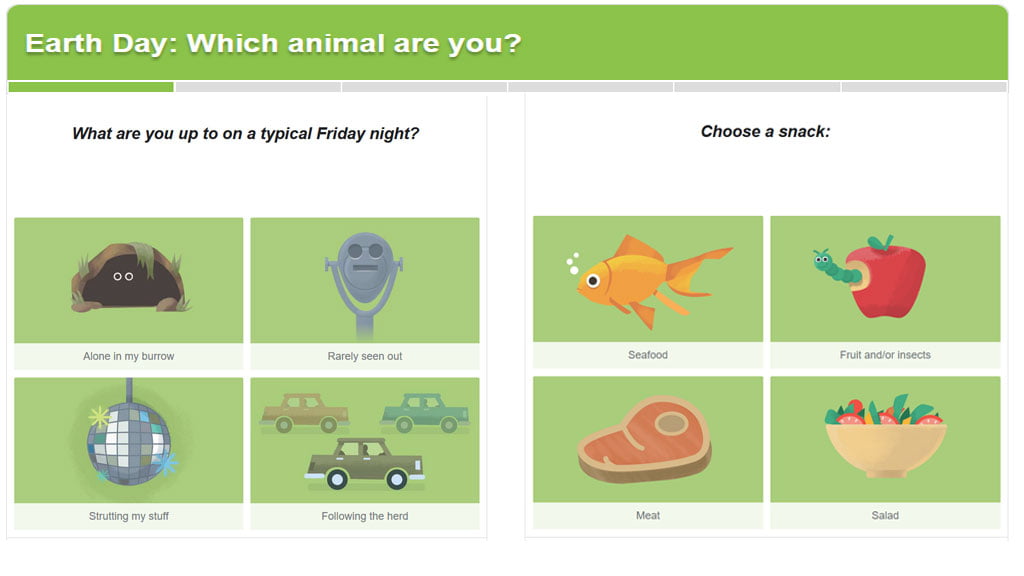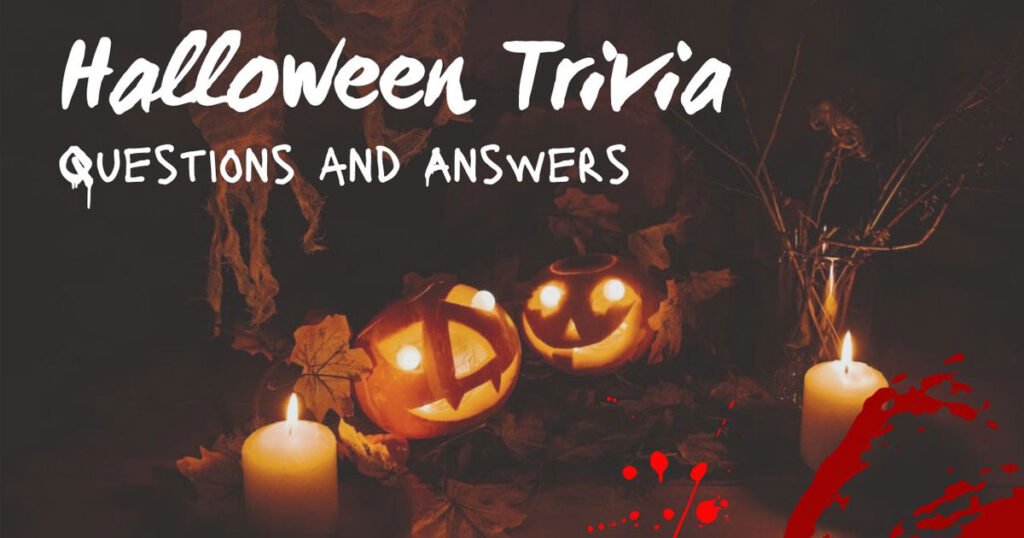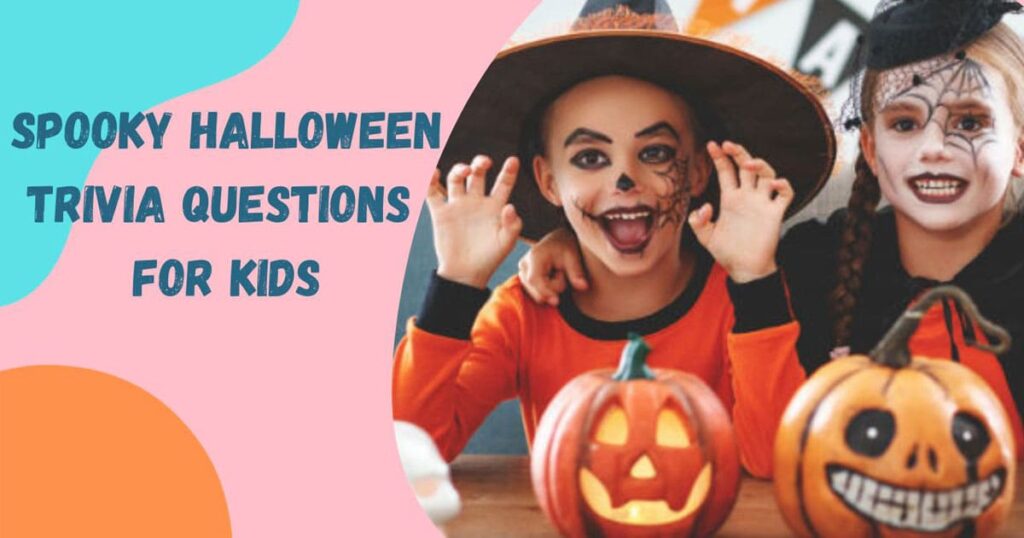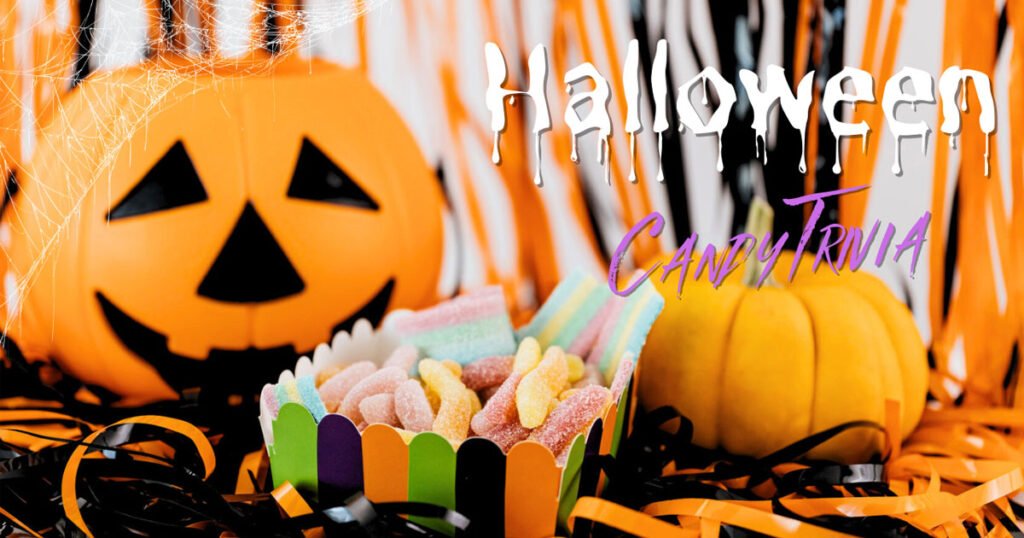Tea, a beverage enjoyed by billions worldwide, is steeped in tradition, history, and culture. From ancient Chinese dynasties to British afternoon tea rituals, tea is more than just a drink; it’s a story brewed over centuries. This article delves into intriguing tea trivia questions and answers, making your journey through tea not only educational but also entertaining. Whether you’re a casual sipper or a devoted tea connoisseur, there’s something in this article for everyone.
The Origin of Tea: Where It All Began
Tea’s roots can be traced back over 5,000 years. The legendary Chinese Emperor Shen Nong is said to have discovered tea around 2737 BCE when tea leaves accidentally blew into his pot of boiling water.
Trivia Question 1:
Q: Who is believed to have discovered tea? A: Emperor Shen Nong of China.
| Fact | Details |
|---|---|
| Origin | China |
| Estimated Discovery Year | 2737 BCE |
| Legendary Discoverer | Emperor Shen Nong |
Types of Tea and Their Differences
Tea comes in several varieties, each processed differently from the same Camellia sinensis plant.
- Green Tea: Unoxidized, with a grassy flavor.
- Black Tea: Fully oxidized, strong and bold.
- Oolong Tea: Partially oxidized, a balance between green and black.
- White Tea: Minimally processed, subtle and delicate.
- Herbal Tea: Made from herbs, fruits, and flowers—not technically a tea.
Trivia Question 2:
Q: Which tea is known for being the least processed? A: White tea.
| Type | Oxidation Level | Flavor Profile |
| Green | None | Fresh, grassy |
| Black | Full | Bold, malty |
| Oolong | Partial | Smooth, floral |
| White | Minimal | Delicate, light |
| Herbal | N/A | Fruity, floral |
101 Best Tea Trivia Questions and Answers
Here are 101 Tea Trivia Questions and Answers, organized into categories with 10 Q&A in each. Each question is followed by a blank line and its corresponding answer.
Tea Basics
Q: What is the most commonly consumed beverage in the world after water?
A: Tea
Q: What plant do all true teas come from?
A: Camellia sinensis
Q: Which two main varieties of the tea plant are most widely used?
A: Camellia sinensis var. sinensis and Camellia sinensis var. assamica
Q: Which part of the tea plant is typically used to make tea?
A: The top two leaves and a bud
Q: What is the process of adding heat to tea leaves to stop oxidation called?
A: Fixation
Q: Which type of tea is the least oxidized?
A: White tea
Q: What is the term for tea that has undergone full oxidation?
A: Black tea
Q: What is the main difference between green and black tea?
A: The level of oxidation
Q: What is the ideal water temperature for brewing green tea?
A: About 160–180°F (71–82°C)
Q: What gives black tea its dark color and strong flavor?
A: Full oxidation of the tea leaves
Types of Tea
Q: Which tea is known for its delicate flavor and minimal processing?
A: White tea
Q: Which tea is semi-oxidized and often rolled into small balls or twists?
A: Oolong tea
Q: Which type of tea is typically aged and fermented, often from China’s Yunnan province?
A: Pu-erh tea
Q: Which Japanese tea is powdered and used in traditional tea ceremonies?
A: Matcha
Q: What tea is often scented with jasmine flowers?
A: Jasmine tea
Q: Earl Grey tea is typically flavored with what citrus fruit?
A: Bergamot
Q: What herbal “tea” is made from dried hibiscus flowers?
A: Hibiscus tea
Q: What is the name for South American herbal tea made from the yerba mate plant?
A: Mate
Q: Which tea is made from roasted barley and popular in Korea and Japan?
A: Barley tea (Mugicha)
Q: What caffeine-free “tea” comes from a South African plant?
A: Rooibos
Tea Cultures Around the World
Q: In which country is the traditional tea ceremony known as “Chanoyu”?
A: Japan
Q: What is the name of the British tradition of having tea in the late afternoon?
A: Afternoon tea
Q: Which country has a tea culture known for serving butter tea?
A: Tibet
Q: What is the Russian tea glass holder called?
A: Podstakannik
Q: What type of tea is traditionally poured from a height in Moroccan tea ceremonies?
A: Mint tea
Q: In which country is the “Gongfu” tea ceremony practiced?
A: China
Q: Which South Asian country is famous for producing Darjeeling and Assam teas?
A: India
Q: What kind of tea is commonly served in Turkish tulip-shaped glasses?
A: Strong black tea
Q: What is the British slang for a cup of tea?
A: Cuppa
Q: Which African country is one of the world’s largest producers of tea?
A: Kenya
Tea History
Q: According to legend, who discovered tea in China around 2737 BCE?
A: Emperor Shen Nong
Q: During which dynasty did tea become popular in Chinese culture?
A: Tang Dynasty
Q: What was the name of the route used to trade tea and horses between China and Tibet?
A: Tea-Horse Road
Q: What country introduced tea to Europe in the 17th century?
A: Portugal
Q: Which British monarch helped popularize tea drinking in England?
A: Catherine of Braganza
Q: What was the event in 1773 where American colonists protested British taxes on tea?
A: Boston Tea Party
Q: Which ancient book is considered the first known monograph on tea?
A: The Classic of Tea by Lu Yu
Q: What Asian country first began cultivating tea thousands of years ago?
A: China
Q: What was the name of the trading company that controlled much of the tea trade?
A: British East India Company
Q: What 19th-century invention allowed for mass production of tea bags?
A: The silk tea bag
Tea Production
Q: What country is currently the largest producer of tea?
A: China
Q: What is the process of drying tea leaves called?
A: Firing
Q: Which region in India is known for producing robust black teas?
A: Assam
Q: What elevation is generally best for growing high-quality tea?
A: High elevations
Q: What country is famous for its Ceylon tea?
A: Sri Lanka
Q: What is the harvesting method that selects only the bud and two leaves?
A: Fine plucking
Q: How many flushes (harvests) are common in tea growing regions like India?
A: Three (First, Second, and Autumn)
Q: What type of tea is hand-rolled and sometimes shaped into pearls or spirals?
A: Artisan tea
Q: What is the term for tea grown without synthetic pesticides or fertilizers?
A: Organic tea
Q: Which Japanese method steams tea leaves immediately after harvest to preserve color?
A: Steaming
Tea and Health
Q: What antioxidant compounds are abundant in tea?
A: Catechins
Q: Which type of tea is known for the highest antioxidant content?
A: Green tea
Q: What stimulant is naturally present in tea?
A: Caffeine
Q: Which amino acid in tea promotes calmness without drowsiness?
A: L-theanine
Q: What benefit is often associated with drinking white tea?
A: Anti-aging properties
Q: What is a common herbal tea used to aid sleep?
A: Chamomile tea
Q: Drinking green tea may support what function due to its metabolism-boosting effect?
A: Weight loss
Q: What mineral in tea can contribute to dental health?
A: Fluoride
Q: What tea is often consumed to ease digestive discomfort?
A: Peppermint tea
Q: Which tea is used in traditional medicine to reduce inflammation?
A: Turmeric tea
Tea Fun Facts
Q: What country invented bubble tea (boba)?
A: Taiwan
Q: What is the fear of tea known as?
A: Teaphobia
Q: What U.S. state grows tea commercially on a large scale?
A: South Carolina
Q: What famous detective often drank tea in literature?
A: Sherlock Holmes
Q: What’s the name of the floating tea infuser shaped like a man soaking in a bath?
A: Mr. Tea
Q: What 2000s trend combined tea and internet culture?
A: “Spilling the tea”
Q: What is the Guinness World Record for the largest tea bag weight?
A: Over 551 pounds
Q: Which U.S. president was famously associated with drinking tea with lemon?
A: Franklin D. Roosevelt
Q: Which animal is commonly associated with tea parties in children’s stories?
A: The Mad Hatter’s tea party includes a March Hare
Q: What is the Japanese word for tea?
A: Cha
Tea Terms & Tools
Q: What is the name of the container used to steep loose leaf tea?
A: Teapot
Q: What is a “gaiwan”?
A: A Chinese lidded bowl used for brewing tea
Q: What is the term for leftover used tea leaves?
A: Spent leaves
Q: What is a “tea cozy”?
A: A cover used to keep a teapot warm
Q: What is the name of the traditional bamboo tool used to whisk matcha?
A: Chasen
Q: What is a “samovar”?
A: A Russian tea urn
Q: What is the purpose of a tea strainer?
A: To catch loose leaves when pouring tea
Q: What do you call a type of tea that has been flavored with oil, spices, or flowers?
A: Scented tea
Q: What is a “tea caddy”?
A: A container used to store loose tea
Q: What is the Japanese term for the tea whisking bowl?
A: Chawan
Famous Teas
Q: What tea is often called the “Champagne of Teas”?
A: Darjeeling
Q: What Chinese green tea is known for its flat, sword-like leaves?
A: Longjing (Dragon Well)
Q: Which smoky black tea comes from China’s Fujian province?
A: Lapsang Souchong
Q: What tea is typically served with milk in Britain?
A: English Breakfast
Q: What Taiwanese tea is known for its milky aroma and taste?
A: Milk Oolong
Q: What Sri Lankan tea variety is known for its bright and citrusy flavor?
A: Ceylon tea
Q: What Chinese tea is famous for its floral aroma and long twisted leaves?
A: Tieguanyin (Iron Goddess of Mercy)
Q: What Japanese tea is made from toasted rice and green tea?
A: Genmaicha
Q: What Chinese tea is traditionally aged and packed into bricks or cakes?
A: Pu-erh
Q: What British blend includes a mix of Ceylon, Kenyan, and Assam teas?
A: Irish Breakfast
Tea in Pop Culture
Q: Which Disney movie features the character Mrs. Potts, a talking teapot?
A: Beauty and the Beast
Q: What Netflix period drama often features elegant tea scenes?
A: Bridgerton
Q: What beverage is famously served by the Mad Hatter in “Alice in Wonderland”?
A: Tea
Q: What Marvel character is shown enjoying tea in “Doctor Strange”?
A: The Ancient One
Q: What song includes the lyric “You’re my cup of tea”?
A: “Cup of Tea” by Kacey Musgraves
Q: What famous British band referenced tea in their song “Penny Lane”?
A: The Beatles
Q: Which Star Trek captain drinks Earl Grey tea?
A: Captain Jean-Luc Picard
Q: Which Studio Ghibli film features characters drinking tea in a bathhouse?
A: Spirited Away
Q: What children’s show often shows animals having tea parties?
A: Peppa Pig
Q: What 2020s TikTok trend used “tea” to refer to juicy gossip?
A: “Spill the tea” challenge
Tea Around the World: Customs and Traditions
Tea is deeply embedded in various cultures:
- China: Gongfu tea ceremony emphasizes skill.
- Japan: Matcha tea ceremonies are spiritual and artistic.
- India: Chai is spiced and sweetened, consumed daily.
- UK: Afternoon tea is a national treasure.
- Morocco: Mint tea is a symbol of hospitality.
Trivia Question 3:
Q: In which country is the Gongfu tea ceremony practiced? A: China.
Famous Tea Quotes
Over the centuries, tea has inspired poets, writers, and philosophers.
“You can never get a cup of tea large enough or a book long enough to suit me.” – C.S. Lewis
“Tea is the magic key to the vault where my brain is kept.” – Frances Hardinge
These quotes showcase how tea is more than a drink—it’s a muse.
Health Benefits of Tea
Tea is rich in antioxidants and provides numerous health benefits:
- Green tea: Improves brain function, aids fat loss.
- Black tea: Boosts heart health.
- Herbal tea: Calms nerves, supports digestion.
Trivia Question 4:
Q: Which tea is commonly associated with aiding weight loss? A: Green tea.
Tea Trivia for Fun and Learning
Here’s a fun selection of tea trivia questions to test your knowledge:
| Question | Answer |
| What country drinks the most tea per capita? | Turkey |
| Which U.S. state produces the most tea? | South Carolina |
| What plant is tea made from? | Camellia sinensis |
| When was tea first introduced to Europe? | 17th Century |
| What’s the national drink of Iran? | Tea |
Brewing the Perfect Cup
Brewing tea might seem simple, but precision makes all the difference.
| Tea Type | Temperature | Steep Time |
| Green | 70–80°C | 2–3 mins |
| Black | 90–100°C | 3–5 mins |
| Oolong | 85–95°C | 4–7 mins |
| White | 75–85°C | 4–5 mins |
| Herbal | 100°C | 5–7 mins |
Always use fresh, filtered water and measure your tea properly. Avoid over-steeping to prevent bitterness.
Tea in Literature and Pop Culture
Tea has made countless appearances in literature and pop culture:
- Alice in Wonderland: The Mad Hatter’s tea party.
- Downton Abbey: British afternoon tea scenes.
- Sherlock Holmes: Tea in almost every mystery-solving session.
These portrayals reinforce tea’s iconic status.
Global Tea Brands You Should Know
Some global tea brands have become household names:
- Twinings (UK): Established in 1706.
- Lipton (Global): Known for affordability and variety.
- Tazo (USA): Popular for herbal blends.
- Dilmah (Sri Lanka): Premium Ceylon tea.
- Teavana (USA): Loose-leaf tea specialist.
Each brand has unique offerings suited for diverse palates.
Unusual Tea Facts That Surprise
- Tea is the second most consumed beverage in the world after water.
- Iced tea was popularized at the 1904 World’s Fair in St. Louis.
- There’s a tea museum in Hangzhou, China.
These fun facts add flavor to your knowledge!
FAQs About
Q1: What’s the best time of day to drink tea?
A: Morning or mid-afternoon, depending on the caffeine content.
Q2: Is it okay to drink tea every day?
A: Yes, in moderation. Herbal teas can be consumed more frequently.
Q3: Can tea help with anxiety?
A: Herbal teas like chamomile and peppermint can help ease anxiety.
Q4: Why is tea served with milk in the UK?
A: It’s a tradition believed to mellow the strong flavor and protect porcelain cups.
Q5: What is bubble tea?
A: A Taiwanese tea-based drink with chewy tapioca pearls.
Q6: Is loose-leaf tea better than tea bags?
A: Often, yes. Loose-leaf offers more flavor and aroma.
Q7: What are tannins in tea?
A: Natural compounds that give tea its astringency and color.
Q8: How much caffeine is in tea compared to coffee?
A: Tea generally has less caffeine than coffee.
Conclusion
Tea continues to be a symbol of comfort, tradition, and culture. This versatile drink has traveled through time and geography, leaving behind a trail of stories, rituals, and trivia. Whether you’re sipping chai in India or matcha in Japan, tea connects humanity in subtle, profound ways. Armed with the tea trivia and knowledge from this article, your next cup will taste even better, enriched with history and meaning.
So go ahead, steep yourself in the world of tea—one cup, one fact at a time.



